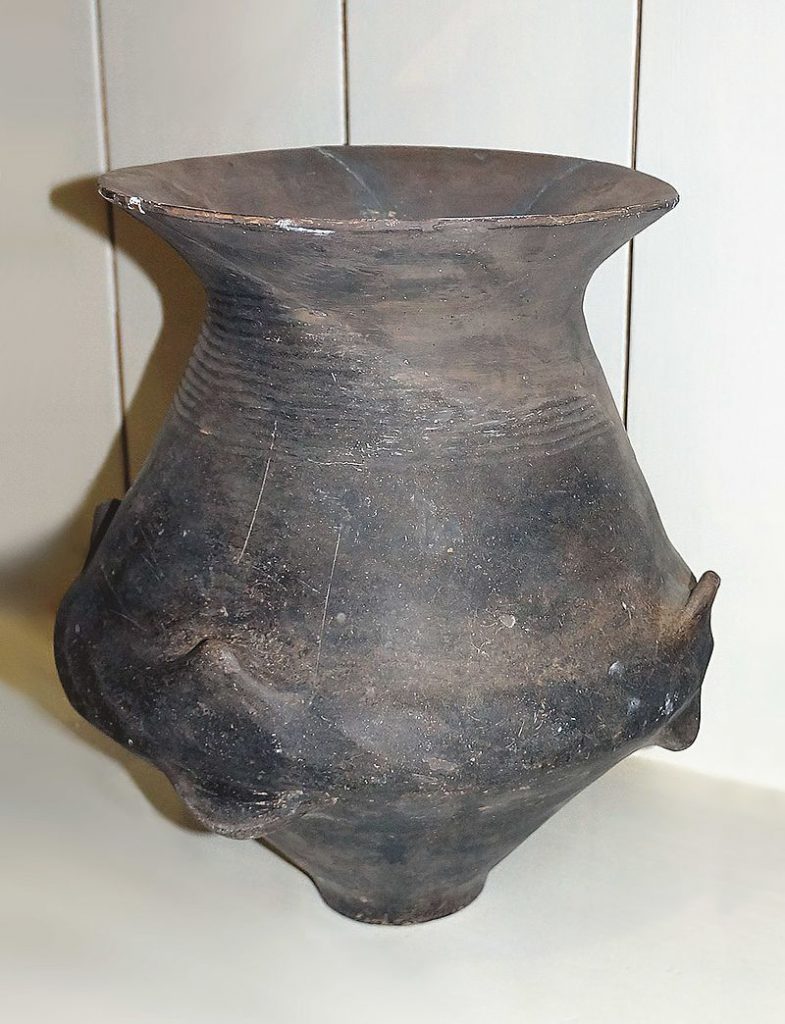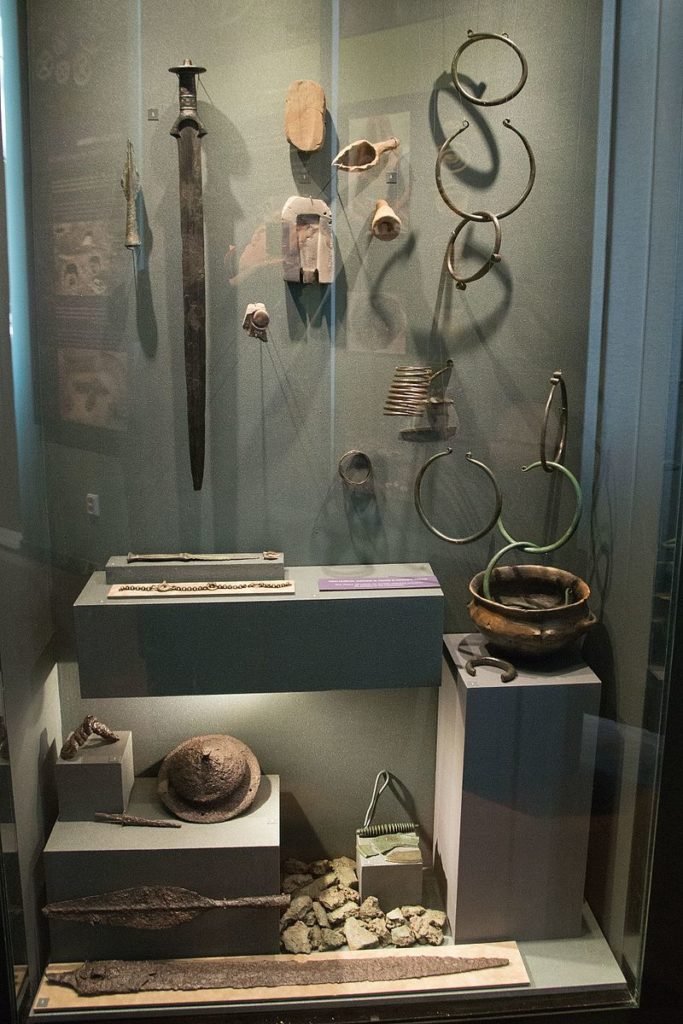The importance of metallurgy to human culture is so vital that scholars typically divide ancient time periods by metalworking ages such as the Stone Age, the Bronze Age, and the Iron Age. Metallurgy is the process of extracting metals from their ores and modifying them for human use. These early usages resulted in the production of hardened weapons and armor, tools, utensils, pottery and more. The role of metallurgy is even more important in the industrialized present-day. It has essential uses in machines, buildings, electronics, and in our transportation systems.
The Origination of Metallurgy

Years before metals were valued for their usage they were valued for their natural beauty. In time it was found that metals could be molded into different forms to serve some practical use. The earliest evidence for smelting, the process of extracting an metal by heating an ore, was found in the Balkans and Western Asia around 7500 years ago. The first metals smelted were tin and lead, followed by copper.
Eventually metals were mixed together to create stronger alloys. Alloys are new metals containing greater strength and durability that are made of two more more metals. Combining tin with lead in the right proportions produced bronze which was significantly harder than copper. Exactly how this was discovered is unknown, but happened probably by accident or through trial and error. However it is certain that the intentional mining of tin to produce bronze was happening by around 2000 BCE.
Metallurgy technology provided significant advantages to the peoples who figured it out. Civilizations that mastered this technology obtained a competitive advantage over their neighbors, and created essential industries such as mining and blacksmithing.
The First Metals Used by Humans
There were seven metals used by ancient human civilizations. These were gold, silver, tin, lead, copper, iron, and mercury. Of those seven metals only gold is found in a natural state. There rest were mixed in with ore’s and had to be melted out, a process called smelting. The first metals to be smelted were lead and tin. A simple campfire was hot enough for this to work although neither metal was strong enough to provide much practical usage in buildings or weapons. The same is true for gold and silver which were used for adornment in jewelry and ornaments.

Copper is stronger than both tin and lead, but it requires higher temperatures than an open fire to be smelted. The heat needed to be insulated by a kiln, which is basically like an oven. The earliest known discovery of copper smelting occurred around 5500 BCE in the Fertile Crescent. While copper is stronger than tin and lead it still was not very useful in making weapons and structures. Copper weapons were soft and dulled very quickly. Like gold and silvery it was first used for its aesthetic value but later used for pottery to make items such as pots, cups and trays.

(Credit: Wikimedia Commons)
After using copper for about a thousand years early civilizations discovered ways to improve the metal. They created bronze alloys. Bronze made by combining copper other materials, but it was typically arsenic or tin. Bronze alloys of arsenic were used first, followed by a stronger and more durable alloy of tin. The proportions of copper to tin varied but the most common proportion was 8-1, or about 87.5% copper to 12.5% tin. Bring stronger, bronze was quickly used in the creation or improvement of additional tools, weapons, currency, and building structures. It was the dominate metal used during 2300 BCE until 1200 BCE iron became widespread.
Iron was relatively rare until about 1200 BCE when large scale iron production began. The Hittites of Anatolia (present day Turkey) are recognized as being the first civilization to smelt iron, although like most things in ancient history this is debated. After they were conquered the technology quickly spread around the Mediterranean and Northern Africa then into India and Asia. Iron is significantly stronger than bronze however it requires a much higher temperature to melt and mold. Smelting iron therefore required specially designed furnaces to melt and cast the metal. Metallurgy in human culture did not stop with iron and the Iron Age, it was only the beginning.
Metallurgy Today
The improvement of metals for human benefit continues to this day. Steel combines iron with charcoal and is one of the most important material used in the modern worlds large building structures. Many new processes have been invented to cut, mill, grind, and join metals into stronger, lighter and more durable materials.
Continue reading more about the exciting history of science!